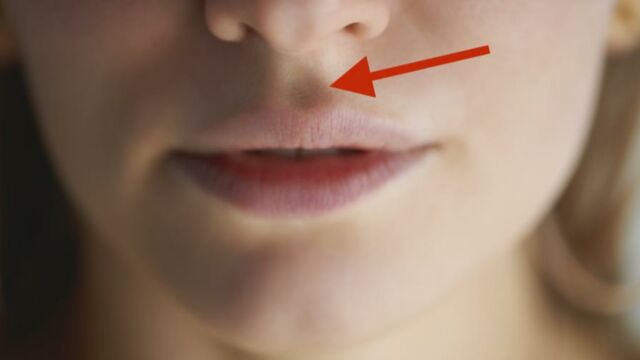Have you ever wondered where that little dimple just below your nose comes from, the one that continues to your lips? We all have it, it is present on the face of all humans in the same way as the nose or the eyes, even if it does not always appear as pronounced from one individual to another.
Discover our latest podcast
The philtrum, a formation in the womb
Scientifically, this dimple is called the philtrum. But why is it there? In literature, it is associated with the myth of the angel who reveals all the secrets of life to the foetus. The angel puts his finger on the lips of the unborn child so that it forgets everything just before birth. This is how the philtrum would be formed, which is indeed perfectly shaped like a finger.
However, although this legend may seem poetic, it is still a story. Scientists attribute the philtrum to the way the face develops in the womb.
Pieces of a puzzle that fit together
The philtrum marks the location of the fusion of the different parts of the face into one piece. 'It's the place where the pieces of the human facial puzzle come together,' explains Dr Michael Mosley for the BBC's Inside the Human Body program. The three main sections of the puzzle meet above the lips, creating this dimple, the philtrum.
Facial development takes place between the second and third months of pregnancy. If the face does not form at this time, for genetic or environmental reasons, it will never form. Malfunctions in this process can also lead to malformations such as cleft lip and palate (better known as 'cleft lip').
The video at the top of the article was made from scans of a real developing baby. Remarkably enough, it shows the formation of the face in the womb and how all the pieces come together to create a recognisable human face.















